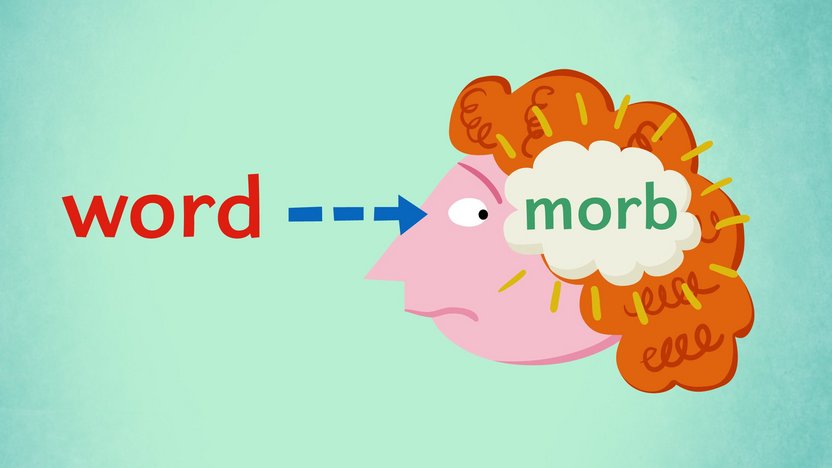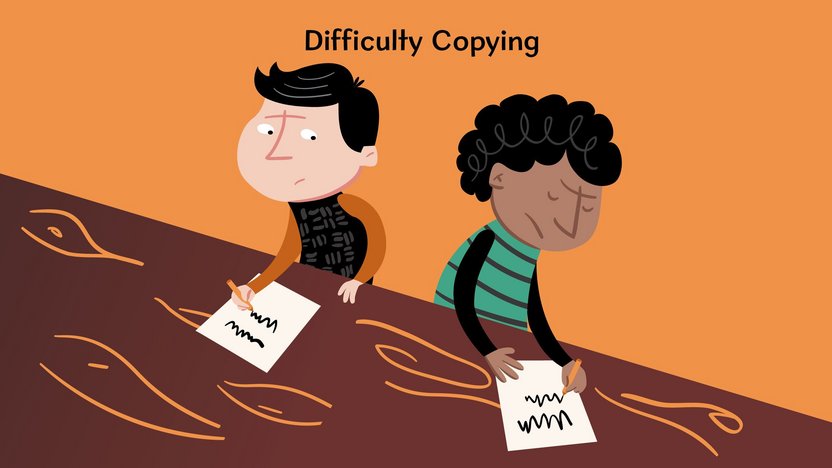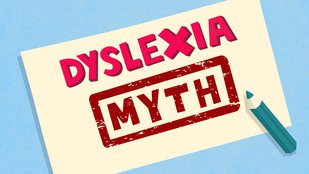7 Dyslexia Difficulties
Dyslexia is not a physical problem with the eyes but a neurological difficulty with the brain. Many of the most common difficulties are caused by the way the brain recalls and works with letters and sounds, called phonological processing. When someone with dyslexia is reading or spelling, they have to hold a sequence of symbols in their head and process them into writing. Something in this process can go wrong.
1. Slower reading speed
The brain is less efficient at recognizing letter symbols, matching them to sounds and outputting the answer. This causes slower, hesitant reading with many small mistakes.

2. Confusing similar looking letters and words
Common mistakes when reading and spelling are mixing up b’s and d’s, or similar looking words such as ‘was’ and ‘saw’, ‘how’ and ‘who’.
Letters and numbers can be written back-to-front or upside down. The most common numbers for visual dyslexics to reverse are 9, 5 and 7.
This was once thought to be caused by a visual processing difficulty but is now understood to be caused by a phonological deficit. Sometimes there is also directional confusion between left and right.
Mirror writing is very rare.

3. Mixing up the sequence of letters
This is most often seen in spelling. The child may know how to spell the word but the information is output from the brain in the wrong sequence.
Typical errors:
‘dose’ for ‘does’
‘hlep’ for ‘help’
Omitting letters when spelling is also common.
4. Not recognizing the same word
Visual memory allows us to recognize and remember letters, numbers, symbols, and words. Where there is a problem with accessing this visual memory, a child won’t remember words they read just a few moments before. It may also cause a word that is learned one day to be forgotten the next.
5. Struggling to spell homophones and irregular words
Homophones are words that sound the same but are spelt differently. e.g. ‘their’ and ‘there’, ‘pane’ and ‘pain’.
Irregular words don’t follow phonic rules e.g. spelling ‘does’ as it sounds ‘duz’.
6. Difficulty copying
This task is very difficult for a child with dyslexia. Copying will be much slower because only a small portion can be remembered at a time. Even glancing away can cause some of the words to be forgotten. The copied text is often inaccurate or incomplete.
7. Slower written output
Don’t expect as much written work to be produced. There will be lots of ideas but putting those thoughts into words will be a much longer process.
Helpful Strategies
1. Use a structured phonic approach
Understanding spelling rules will help. Gain mastery of all the phonic sounds, syllables, prefixes and suffixes so a child knows how to construct a word using sounds.
2. Mnemonic spelling strategies can be used to help spell irregular ‘tricky’ words
The first letter of each word spells out the word you need to remember. A funny picture reinforces the memory.
e.g. was a sausage helps to spell ‘was’.
3. Use the ability to rhyme as a spelling strategy
Rhyming can be used to help to by recognize common letter patterns
e.g. if you know how to spell pink then it will help ‘drink’, ‘stink’ and ‘think’.
4. Copying must be kept to a minimum
Difficulty copying. It is better for the teacher to attach a printout of homework in a student’s planner than to expect them to write it down.

